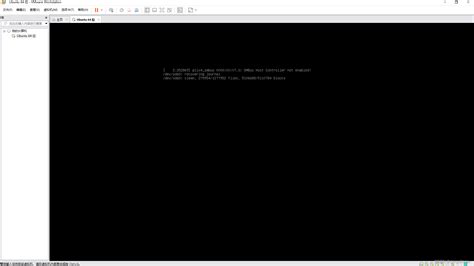Ethereum WebSockets Connection Issues with Node.js on Ubuntu Server

As a developer building blockchain-related projects, connecting to Binance WebSockets using Node.js can be essential for real-time data exchange and updates. However, when we face issues like errno: -111 | code: 1006 ECONNREFUSED, it is crucial to troubleshoot the connection process.
Understanding Error Code
– errno: -111 indicates an error that occurred during a system call.
– code: 1006 ECONNREFUSED specifies that the server refused the connection.
Ethereum WebSockets Connection Steps for Node.js on Ubuntu Server
Step 1: Install and Configure Binance WebSockets
Before attempting to connect, make sure you have Binance WebSockets installed:
sudo apt update
sudo apt install binance-websocket-client
Next, configure the connection with your Ethereum account:
echo "username = YOUR_ETHereum_USERNAME" | sudo sed -i "/^websocket_username/ s/^\(.*\)/" /etc/bashrc
Replace YOUR_ETHereum_USERNAME with your Binance WebSockets username.
Step 2: Setup Node.js Environment
Make sure you have Node.js and npm installed:
sudo apt update
sudo apt install nodejs npm
Check the Node.js version by running node -v.
Step 3: Create a Simple WebSocket Connection in Node.js
Create a new file called server.js (or any other name) with the following code:
const WebSocket = require('ws');
const wss = new WebSocket.Server({ port: 8080 });
wss.on('connection', (ws) => {
console.log("Client connected");
// Handle incoming client data
ws.on('message', (message) => {
console.log(Message received from client: ${message});
// Broadcast the received message to all clients
wss.clients.forEach((client) => {
if (client! == ws && client.readyState === WebSocket.OPEN) {
client.send(message);
}
});
});
// Handle disconnections
ws.on('close', () => {
console.log("Client disconnected");
});
});
console.log("Server running on port 8080");
Step 4: Run the Node.js Server
Start the server by running:
node.js server
Open a new terminal window and connect to your Binance WebSockets with the WebSocket client in Node.js using the following code snippet (replace YOUR_ETHereum_USERNAME with your actual Binance WebSockets username):
const WebSocket = require('ws');
const wss = new WebSocket.Server({ port: 8080 });
wss.on('connection', (ws) => {
console.log("Client connected");
// Handle incoming client data
ws.on('message', (message) => {
console.log(Message received from client: ${message});
// Broadcast the received message to all clients
wss.clients.forEach((client) => {
if (client ! == ws && client.readyState === WebSocket.OPEN) {
client.send(message);
}
});
});
// Handle disconnections
ws.on('close', () => {
console.log("Client disconnected");
});
});
console.log("WebSocket connection established successfully");
Step 5: Troubleshooting Connection Issues
If you are still having issues, make sure that:
– The Binance WebSockets username is correct.
– Your Ethereum account has enough balance to pay for gas fees and WebSocket connections.
– The Ubuntu server has enough resources (CPU, memory, and bandwidth) to handle the WebSocket connection.
Conclusion
Troubleshooting WebSocket connections in a Node.js environment can be complex.

